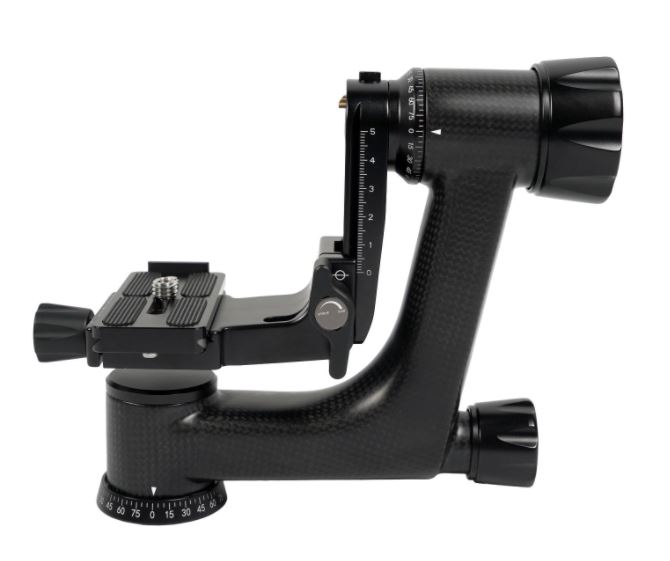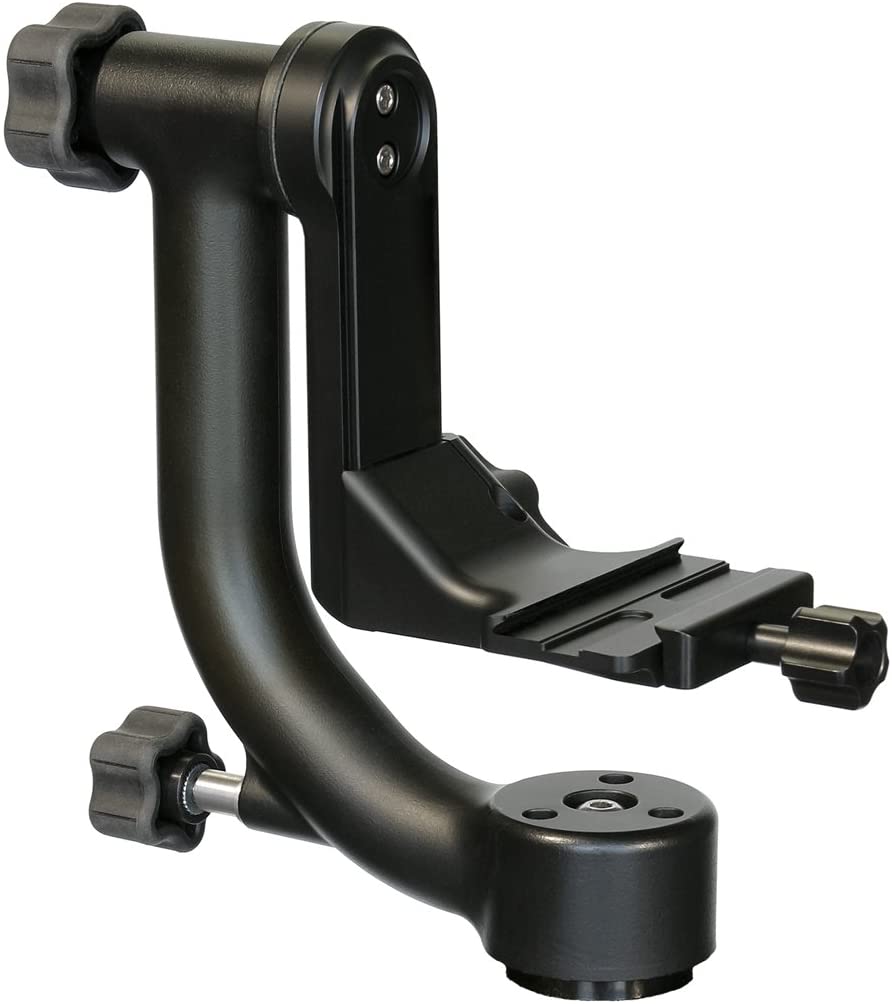Bird photography is a challenging activity on so many levels. We are trying to capture the natural beauty and behavior of animals that are quite often small, fast, and extremely shy. Having the right equipment can make it easier but should a tripod be part of that gear?
A tripod is not essential for bird photography. As birds are mostly very active, being able to move the camera quickly in all directions is advantageous. Handholding the camera is best in most bird photography situations, however, there are times when a tripod can be helpful.
Read on for more information about the use of tripods in bird photography. I am going to give you great tips on how and when to use one as well as some top recommendations for tripods and other gear.

As an Amazon Associate, I earn from qualifying purchases. Birdwatch World earns commissions from Amazon and similar affiliate programs from any purchases made via links in this article.
Learn the key settings and gear for taking photos of birds in this article here on my site.
Why Using A Tripod For Bird Photography Is Not Essential
Most birds are very fast movers. As bird photographers, we have to use fairly fast shutter speeds in order to freeze their motion. It is not uncommon to have to use a shutter speed of 1/1500 sec or faster.
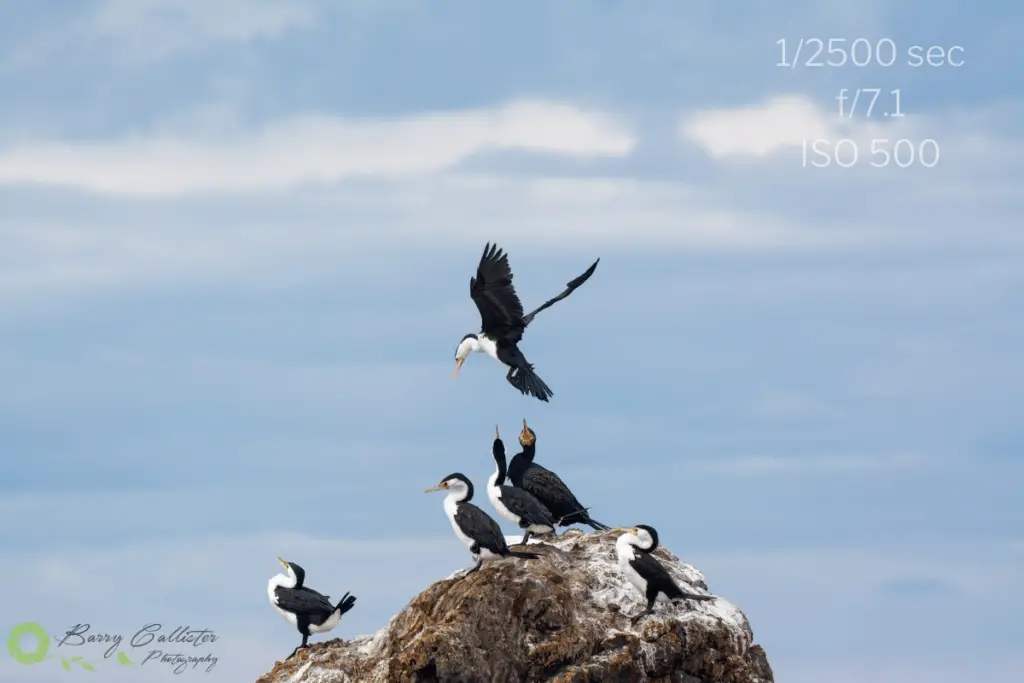
Because of this, we don’t really need a tripod as the purpose of a tripod is to steady the camera and prevent blurring of our images due to camera shake.
In addition to this, if you are using a camera body made after 2003, it’s very likely that your camera may have IBIS (in-body image stabilization). IBIS technology has improved a lot since its inception and basically negates the need for a tripod altogether.
There are times when using a tripod for bird photography can be a good idea. Let’s explore some of those…
RAW or JPEG – which should you be using? Find out in this post.
Avoiding Arm Fatigue
One thing a tripod can help with is arm fatigue.
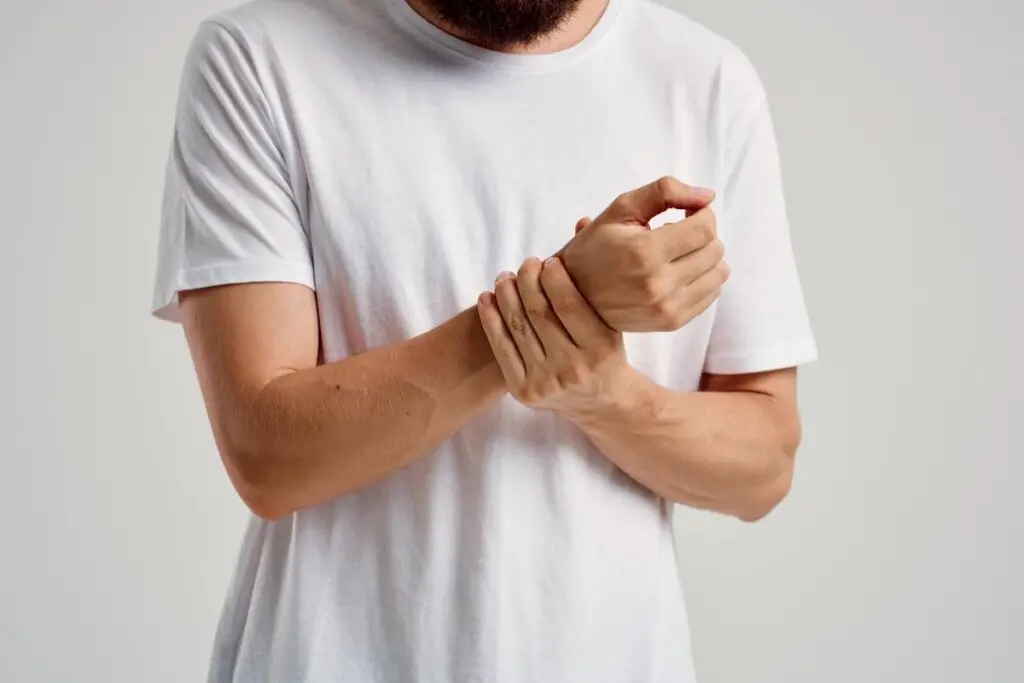
Holding a camera and telephoto zoom lens up to your eye can get tiring for your arm muscles after a while. A lot of mirrorless cameras are quite light but the telephoto lenses we bird photographers like to use can be heavy.
The combined weight of my DSLR camera and lens is 1.44 kg (3.17 lbs) which is fairly light for a bird photography kit. Hold it up to your face for hours however and it starts to feel like 14 kg!!
Putting your camera on a tripod can eliminate this arm fatigue and make shooting birds for hours more enjoyable.
Getting blurry bird photos? Learn common reasons why and solutions here in this post.
Shooting Birds At Ground Level
Taking photos of birds right down at ground level creates some stunning images. It puts you down there at eye level with them and brings the viewer right into the birds’ world.
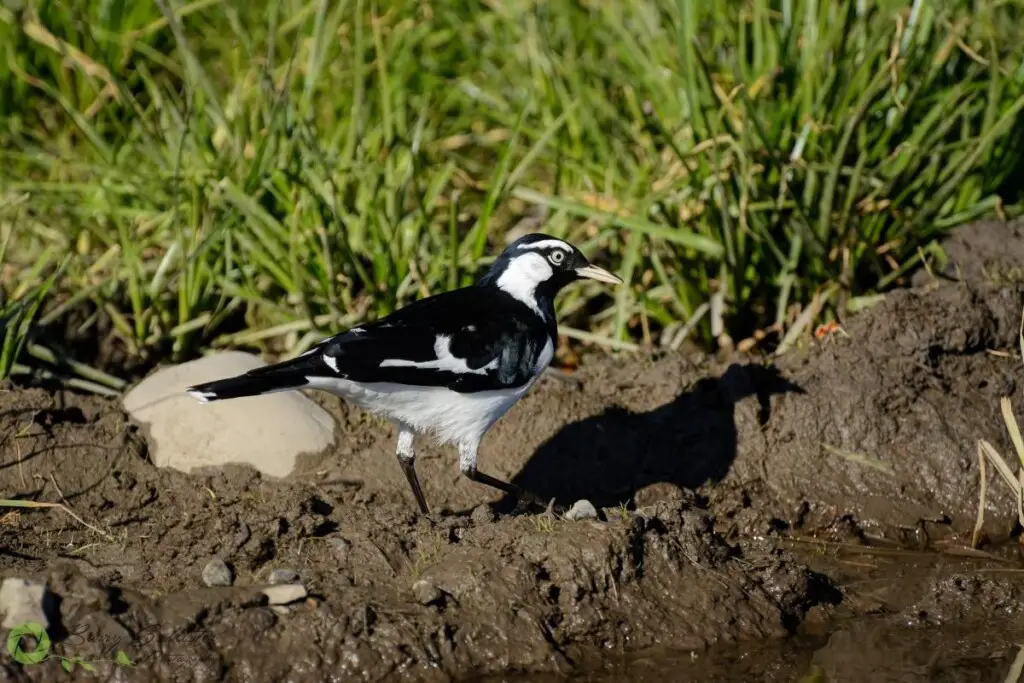
To get an image like the one above, you have to either sit or lie down on the ground. If you are a person who doesn’t have very good joint mobility or you simply don’t like to get dirty, this is not going to be an option.
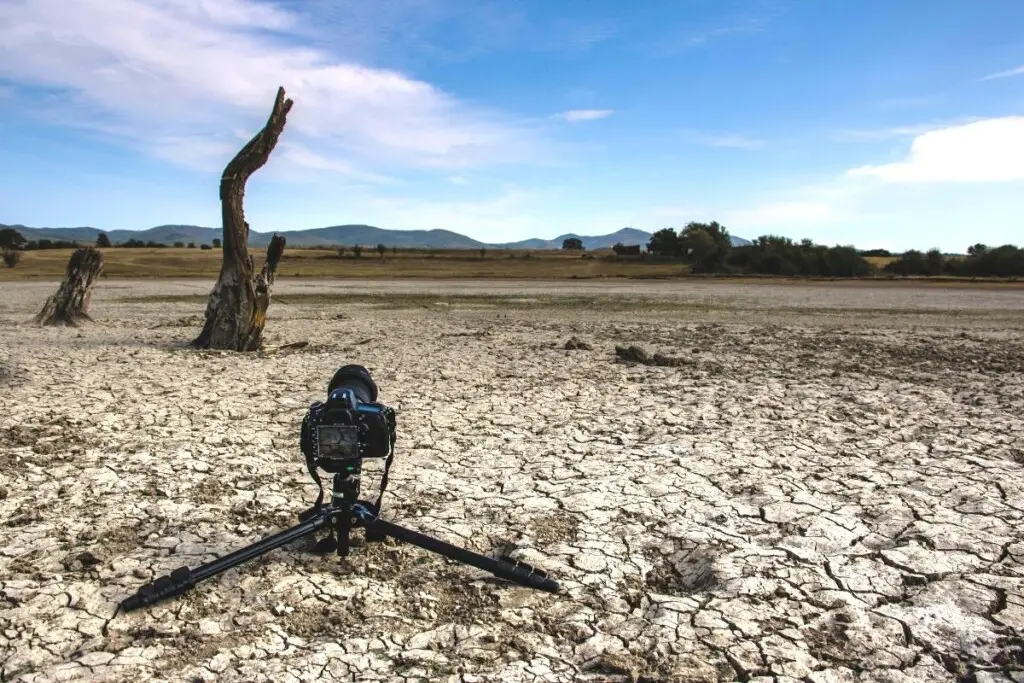
A tripod that can get your camera down really low to the ground can help in situations like this.
The image above is not a good example of a time to use a tripod. The Magpie Lark was moving about, searching for insects to eat and if I had stopped to set my tripod up I would’ve missed the shot.
One example of a situation where you might use a tripod low to the ground for birds is flocks of Terns on the beach.
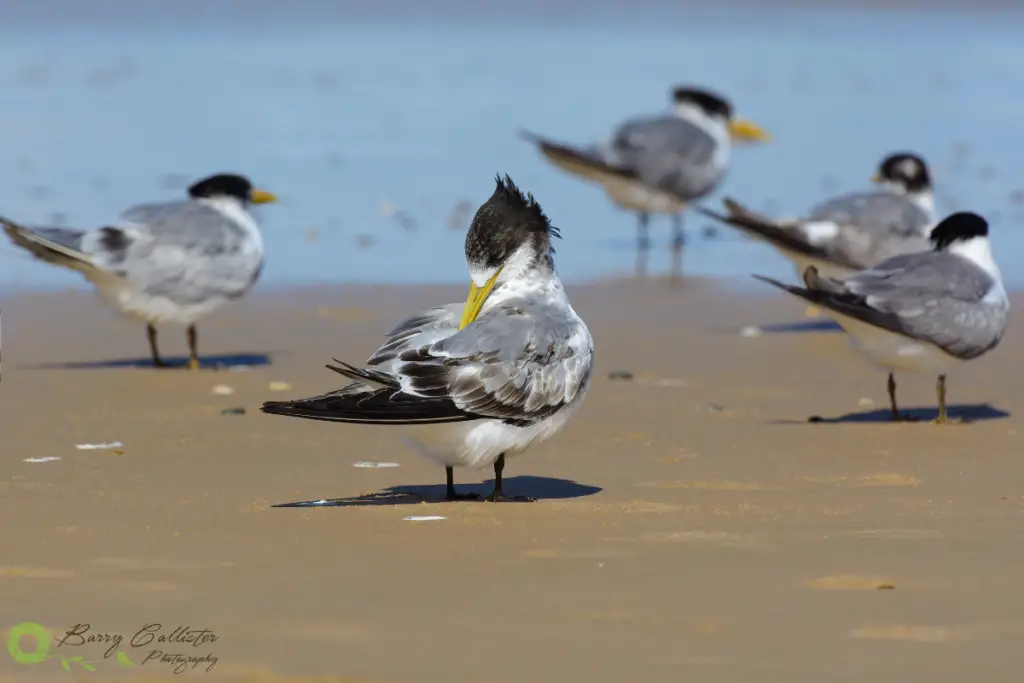
After feeding out at sea, Terns will come back to the beach and rest on the sand. You could easily have time to set up a tripod and get some great shots before they fly off again.
Learn the focus mode to use for bird photography in this article here on the site.
When Your Gear Is Too Heavy To Handhold
A Canon 5D Mk IV weighs around 800 grams (1.76 lbs), if you pair this with a Sigma 150-600mm lens at 1800 grams (3.97 lbs), that’s a combined weight of 2,600 grams (5.73 lbs). I don’t know about you but there is no way I’m holding that weight for too long?!
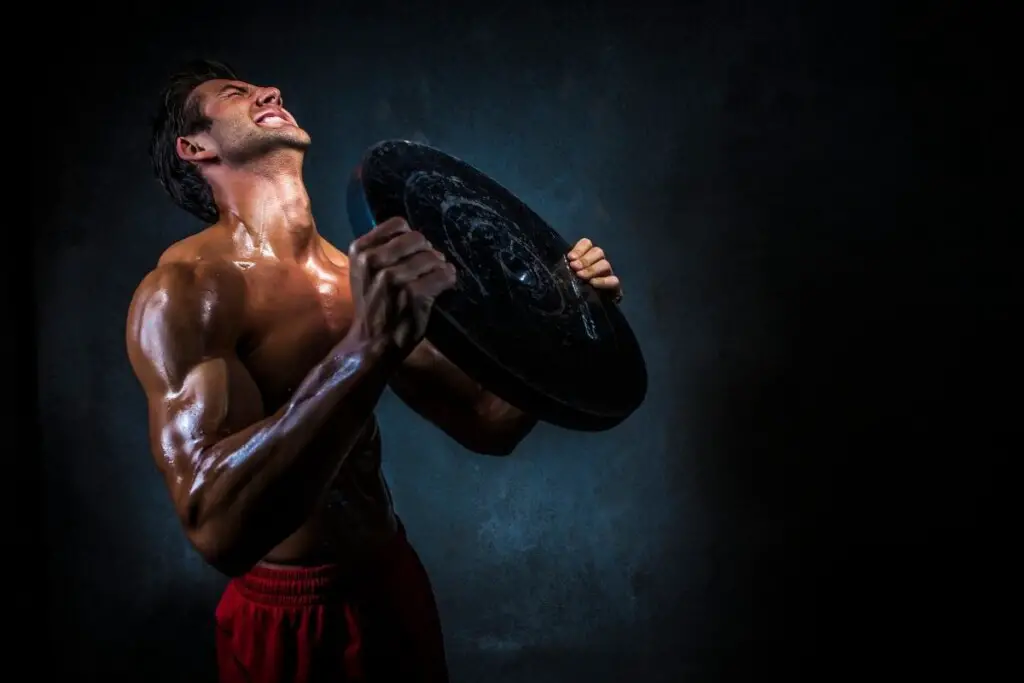
Big, heavy lenses also throw out the balance of the camera in your hands, making it really front-heavy.
If you have a really heavy rig such as the 5D Mk IV and Sigma 150-600, using a tripod is going to be the best idea for you.
One setback of using a tripod is restricted movement but this can be overcome with certain gear. Let’s take a look at some of the gear I recommend here at Birdwatch World.

Tripod Recommendations
I use and recommend Sirui tripods. Sirui is an Australian company based in New South Wales. Their tripods are top quality and used by professional photographers all over the world.
I use a carbon fiber W-2204 with a ball head. This is a very sturdy tripod with waterproof legs that extends to a height of 1782 mm (5.85 ft) and goes as low as 25 cm (9.8 in.) Watch the video below to learn more:
The W-2204 will support up to 18 kg (39.7 lbs) and the ball head I use (K-30II) will support 30 kg (66.1 lbs). It’s very important when choosing a tripod to make sure it can take the weight of your gear.
Using A Gimbal Head
A Gimbal Head will balance your camera and lens while allowing it to move horizontally and vertically. This is a much more versatile option than a ball head.
A lot of professional bird photographers use gimbal heads for flying bird photography. I am yet to try one but if I did, these would be my recommendations based on photographers I follow and admire:
Sirui PH-10 Gimbal Head
This Sirui gimbal head is made from a combination of carbon fiber and aluminum and will support up to 15 kg (33 lbs). Learn more about the PH-10 in this video:
Check the current price of the PH-10 Gimbal Head at sirui.com.au
Wimberley WH-200 Wimberley Gimbal Head II
This particular gimbal head is used by Steve Perry from Backcountry Gallery, an award-winning landscape and wildlife photographer.
A very popular gimbal head that will support up to 45 kg (99.2 lbs) – you can put any rig on this?!
Check the latest pricing of the WH-200 via the links below:
Summary
Whether or not you use a tripod when doing bird photography is up to you. It’s a personal choice.
I mostly handhold when shooting birds but on occasion, I will use a tripod, especially if I plan on sitting for hours taking photos.
Some final tips I can give you are:
- Think about the weight of your tripod (you may walk long distances and don’t want to carry too much weight)
- Remember to be sure that any tripod you buy can support the weight of your gear
- The gear does not make the shot – learn to use the gear you have before you go out and spend a heap of money
Get out there and take some great bird photos.
References
- Canon 5d Mk IV weight – How Much Does a Camera Weigh?
- Sigma 150-600mm lens weight – Sigma 150-600mm f/5-6.3 DG OS HSM C Lens Specifications and Measurements


